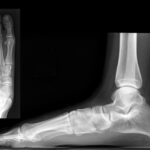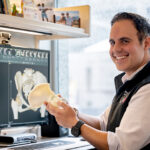Unstoppable: Flatfoot correction helps Jacob take control
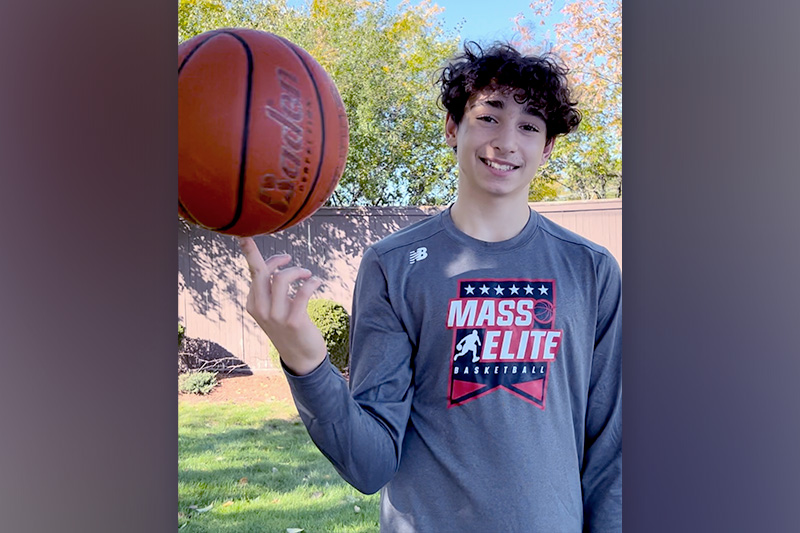
The first time Dr. Susan Mahan examined Jacob’s feet, she pressed on a tender spot near one of his arches. “You see that?” Jacob’s mother, Lucie, remembers her saying. “That bone isn’t supposed to be there.”
Jacob was 13 and had spent a frustrating year trying to figure out why basketball, his greatest source of joy, had become a source of ongoing pain.
A string of podiatrists and orthopedists had already examined Jacob’s feet by the time they met with Dr. Mahan of the Lower Extremity Program at Boston Children’s Hospital. Each previous exam had ended with the same advice — Jacob needed to take time off from all sports and let his feet rest. He’d take time off, but anytime he tried playing again, the pain had returned. After months of sitting still and false starts, he felt himself growing more and more discouraged.
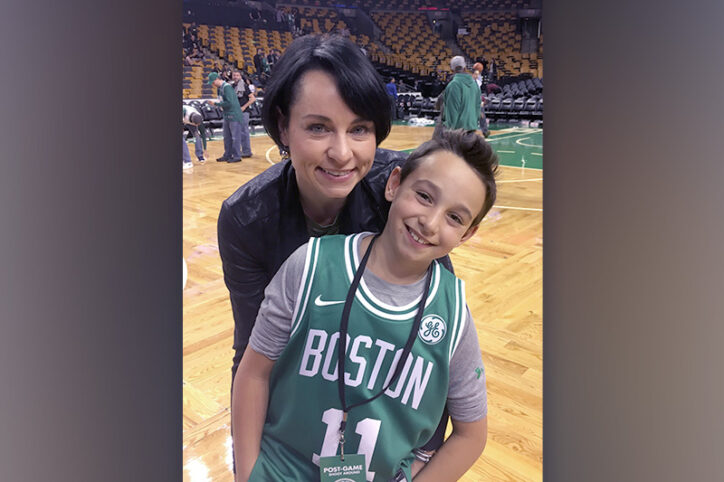
Finally, an orthopedist diagnosed Jacob with flexible flatfoot, a common condition in which the arches in a child’s feet don’t develop. In most cases, flexible flatfoot isn’t problematic, but for some people, like Jacob, it becomes increasingly painful and limiting. On top of that, he had extra bone in his feet that made running, pivoting, and jumping on the basketball court even more excruciating.
An unexpected option for flexible flatfoot
Now that they understood why Jacob’s feet were so painful, Lucie searched for an orthopedic surgeon who had the skills to fix them. Just as important, she wanted Jacob’s surgeon to be someone they could relate to on a human level. They found all of that and more in Dr. Mahan.
As luck would have it, she had recently traveled to Italy to learn a technique to correct painful flatfoot. New to the U.S. but practiced in several European countries for decades, subtalar extra-articular screw arthroereisis (SESA) is a minimally invasive procedure that holds the bones in the feet in an arched position with a surgically placed screw. Over time, the surrounding muscles adapt to their new position and typically, the screw can be removed within a few years.
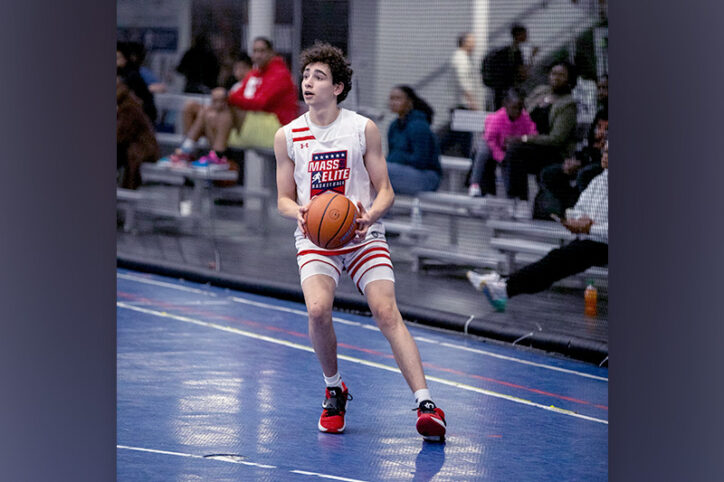
Jacob’s other options were rest — one he’d already tried without success — or surgical foot reconstruction, a complicated procedure followed by a long and painful recovery.
Dr. Mahan could remove the extra bone from Jacob’s feet on the same day that she performed the procedure. “She explained all the details and made sure we were comfortable,” says Lucie. “It was the first time I thought what a specialist was telling us made sense.”
“It wasn’t even a question for me,” says Jacob. “If I could do something to be able to play basketball again, I’d do it.” The shorter recovery time — about four weeks wearing a cast, coupled with subsequent physical therapy, compared to six months after foot reconstruction — was another bonus.
Flatfoot surgery sets Jacob on a path to excellence
Dr. Mahan operated on Jacob’s left foot in January 2021 and his right foot that April. As he recovered, Jacob thought about his favorite player of all time, Steph Curry’s comeback. “He had so many ankle injuries, people used to call him ‘glass ankles,’” says Jacob. “But he didn’t let that stop him.”
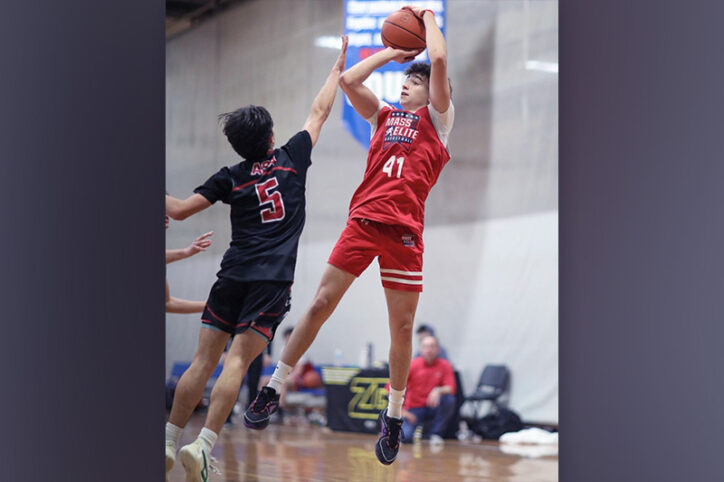
Following his hero’s example, Jacob returned to basketball and started working out in the gym, pouring his pent-up energy into regaining ground he’d lost in the past year and a half. Although his feet remained sore for several months, his hard work and discipline paid off. By the time he was in 8th grade, he was playing as well as his teammates. This boosted his confidence, and he worked even harder. Within a year, he was gaining recognition for his exceptional speed and strength.
‘Now it’s up to me’
In June 2024, Dr. Mahan removed the screws from Jacob’s feet, closing a chapter of discouragement and self-doubt for good. Today, he’s well on his way to playing point guard, a position he deems the most important position in basketball.
Now 17, Jacob says the surgery transformed him both physically and mentally. “I used to be the slowest guy on the court,” he says. “Now it’s up to me how strong, how athletic I want to be.”
“Dr. Mahan has helped Jacob become the person he is today,” Lucie adds. “He used to question himself. Now he’s unstoppable.”
Learn more about the Lower Extremity Program and the Orthopedics and Sports Medicine Department.
Related Posts :
-

Novel procedure may bridge the treatment gap for symptomatic flexible flatfoot
Most children develop arches in their feet by early adolescence. About 20 percent, however, have pes planovalgus (PPV), also known as ...
-

Innovative flatfoot surgery releases Quinn's inner athlete
By the time he was 10, Quinn’s parents had tried almost everything. Dawn would sometimes massage his feet to ...
-

Hard and beautiful at the same time: Five lessons of raising a medically complex child
When they learned they were expecting a baby, Michelle and Stephen Strickland were delighted. The South Carolina couple looked forward ...
-

3D imaging could become standard practice in orthopedics. Here’s how.
It took a trained eye to see the abnormality on the patient’s X-ray. There, hidden behind the acetabulum was ...


